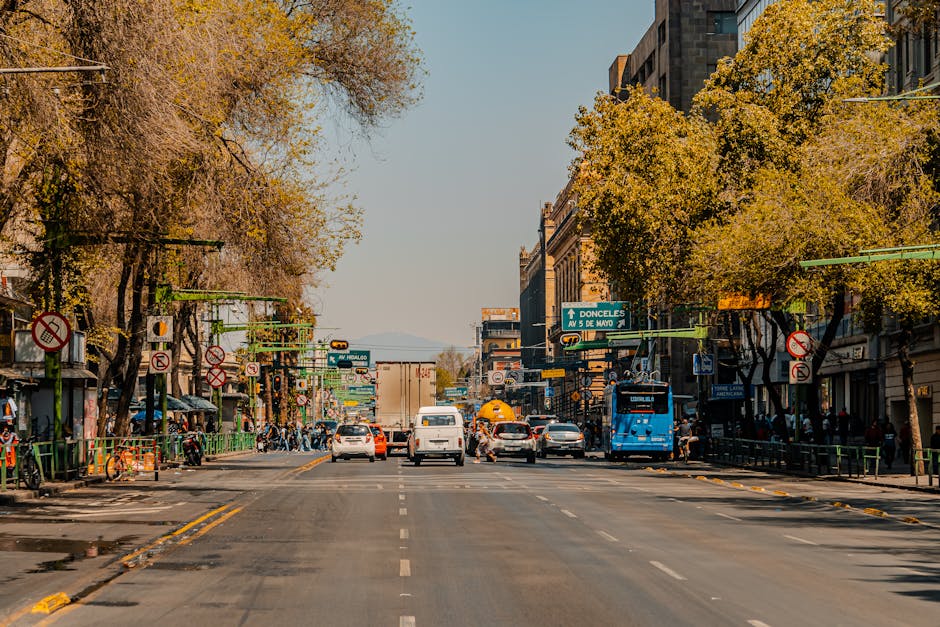Understanding and Optimizing M5 Traffic
Understanding and Optimizing M5 Traffic

What is M5 Traffic?
M5 traffic refers to the volume and patterns of vehicles traveling along the M5 motorway, a major arterial road in the United Kingdom. Understanding M5 traffic flow is crucial for various stakeholders, including commuters, logistics companies, emergency services, and transport planners. This article explores the factors affecting M5 traffic, common challenges, and strategies for optimizing traffic flow along this vital route.
Factors Affecting M5 Traffic Congestion
Several factors contribute to congestion and fluctuating M5 traffic conditions. These include:
- Time of day: Rush hour periods, typically morning and evening commutes, consistently see the highest volume of M5 traffic.
- Day of the week: Weekdays generally experience heavier traffic than weekends, reflecting work and commuting patterns.
- Roadworks and incidents: Unexpected events like accidents, breakdowns, and planned roadworks significantly disrupt M5 traffic flow, causing delays and bottlenecks.
- Seasonal variations: Holiday periods and school holidays can lead to increased M5 traffic volumes as people travel for leisure or family visits.
- Weather conditions: Adverse weather such as heavy rain, snow, or fog can reduce visibility and driving speeds, impacting M5 traffic significantly.
Challenges Posed by High M5 Traffic
High M5 traffic levels present several significant challenges:
- Increased journey times: Congestion leads to longer travel times for commuters and businesses, impacting productivity and punctuality.
- Fuel consumption and emissions: Stop-and-go traffic increases fuel consumption and vehicle emissions, contributing to air pollution and environmental concerns.
- Economic impact: Delays and disruptions affect businesses relying on timely deliveries and efficient transportation along the M5 corridor.
- Safety concerns: Heavy traffic increases the risk of accidents and incidents on the M5, posing safety risks to drivers and passengers.
Strategies for Optimizing M5 Traffic Flow
Various strategies can be implemented to improve M5 traffic management and reduce congestion:
- Smart motorway technology: Variable speed limits and hard shoulder running can dynamically adjust to traffic conditions, improving flow and safety.
- Improved traffic monitoring and information: Real-time traffic data and advanced warning systems can help drivers make informed decisions and avoid congested areas.
- Public transport investment: Encouraging the use of public transport through improved rail and bus services can reduce reliance on private vehicles on the M5.
- Strategic road improvements: Expanding capacity and improving junctions along the M5 can alleviate bottlenecks and improve traffic flow.
- Promoting alternative routes: Encouraging the use of alternative routes and promoting smarter travel planning can distribute traffic more effectively.
The Future of M5 Traffic Management
Ongoing efforts to improve M5 traffic management focus on integrating technology and data-driven approaches. Real-time traffic monitoring, predictive modeling, and advanced traveler information systems are crucial in mitigating congestion and ensuring efficient traffic flow. Sustainable solutions, such as promoting cycling and walking where appropriate, and encouraging carpooling, are also becoming increasingly important in managing M5 traffic sustainably.
By understanding the complexities of M5 traffic and implementing effective strategies, we can create a safer, more efficient, and environmentally friendly transportation network along this vital route.

Comments
Post a Comment